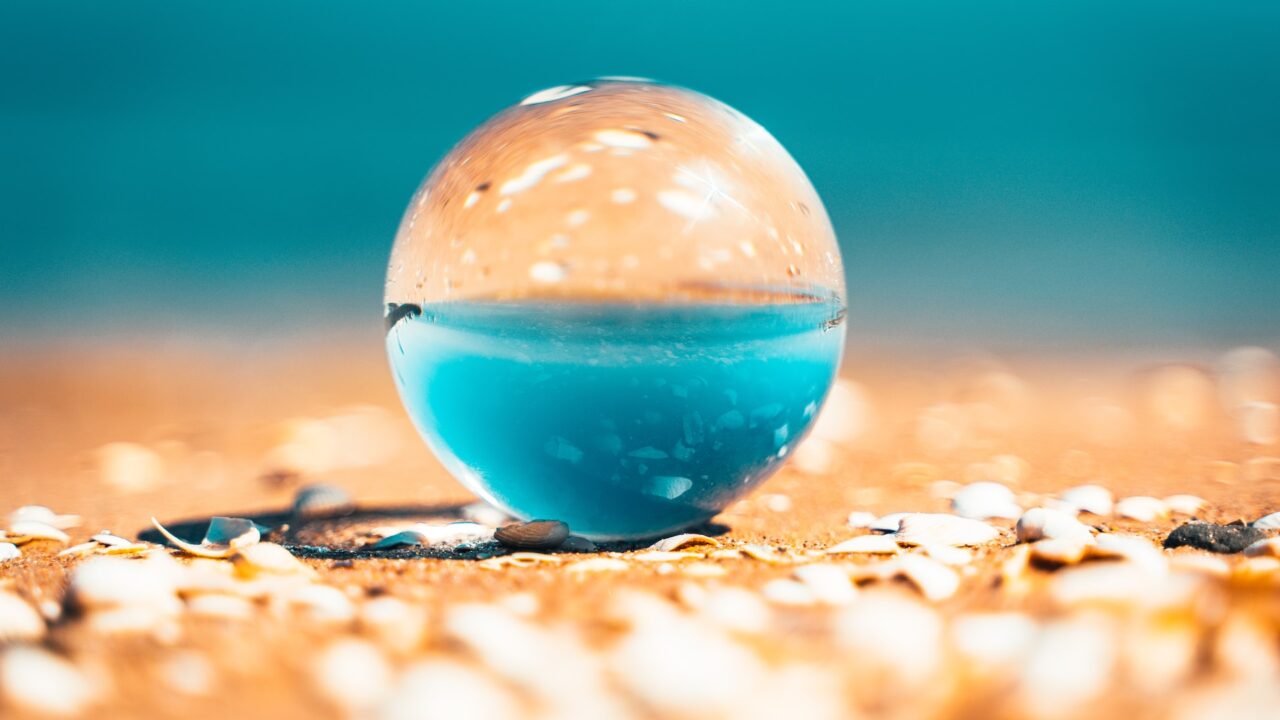Actual Space missions use chemical propellant both for exiting the lower atmosphere and for orbital positioning. This choice is due to the energy capacity of the fuel, but oxygen is needed to work because an oxidizer is needed to start the chemical reaction.
This leads to a considerable increase in weight, a fundamental aspect of putting any object into orbit.
Furthermore, as ESA also points out, chemical fuel is based on the reactions of dangerous, corrosive and toxic chemicals, which are difficult to handle.
The possible alternative, at least for certain uses in space, is a highly abundant resource in nature: water, which would allow the use of water space propulsion systems. In addition to being a green “chemical compound”, it is much safer. It constitutes a valid alternative to other non-harmful chemicals that continue to raise concerns in terms of safety and costs.
Water is composed of hydrogen and oxygen, more exactly each molecule has two atoms of hydrogen and one of oxygen, two very combustible propellants once electrolyzed.
A water-powered space thruster can be up to 14 times more efficient than an electric one, making it one of the ideal solutions for completing certain maneuvers in space, such as orbital positioning, deorbiting and debris avoidance. All this is possible through electrolysis technology, which splits water into hydrogen and oxygen. Water electrolysis is a crucial process for producing hydrogen and oxygen, which are then sent to the combustion chamber to generate the necessary thrust.
MIPRONS is developing the first propulsion system based on in-space water electrolysis, making it the most fuel-efficient, powerful, and green propulsion system ever. MIPRONS has recently signed an agreement with Thales Alenia Space, the joint venture between Thales (67%) and Leonardo (33%), to develop a highly innovative propulsion system for satellites, using water as a fuel.
Thanks to unique patented technologies (energy-efficient electrolyzer, miniaturized thrust chamber, and igniter), it will deliver outstanding benefits:
–High performance in thrust (up to 14 times higher than Electric Systems at the same power input) and specific impulse (>350s).
–Miniaturised (95x95x60mm), suitable for small sats and scalable up to high-trust satellites and space drones.
–Up to 90% faster space maneuvers compared to electric systems.
-Safer operations, avoiding electromagnetic interference of EP and risks of leakage of corrosive propellants.
–Lead times reduction (<3 months from currently up to 12 months for hydrazine), by replacing hazardous chemicals and rare gases with water.
–Space autonomy, raising EU independence from the Near-Far East suppliers.
–Truly green and safe, thanks to the use of water, making it particularly suitable for manned missions

